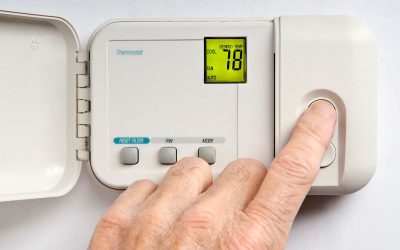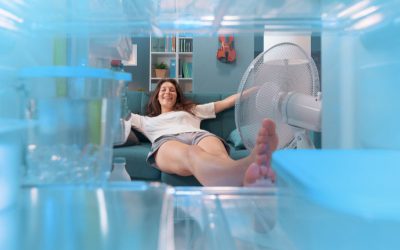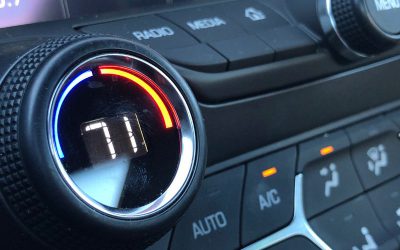If your HVAC system isn’t working correctly, it could be due to a faulty thermostat. Testing a thermostat is fairly simple and can help diagnose the issue. You’ll need a multimeter to test the thermostat’s continuity and resistance. Simply disconnect the thermostat from the system, set it to the desired temperature, and use the multimeter to check for continuity and resistance when the thermostat is turned on and off. If the readings aren’t within the expected range, it may be time to replace the thermostat.

Bobby Montgomery
Is It Cheaper To Leave Heat Pump On All The Time?
Leaving your heat pump on all the time might be convenient, but is it cheaper? According to experts, it’s actually more expensive to leave it on. Instead, it’s recommended to program your thermostat to turn on and off at specific times, which can save you money on energy bills in the long run.
Is Duct Cleaning The Same As Furnace Cleaning?
Duct cleaning and furnace cleaning are two different processes. While duct cleaning involves cleaning the entire ductwork system, furnace cleaning only focuses on cleaning the furnace. It’s essential to have both cleaned regularly to ensure clean and efficient air flow in your home.
How To Keep Your House Cool Without AC?
As summer temperatures rise, it can be tempting to blast the air conditioning all day long. However, there are plenty of ways to keep your house cool without relying on AC. From shading your windows to using ceiling fans, these tips can help you save money on your energy bill while staying comfortable throughout the season.
Is Fixing The Thermostat In a Car Expensive?
Fixing the thermostat in a car can vary in cost depending on the make and model of the car and where you take it to get repaired. It can cost anywhere from $150 to $500. It’s important to address any issues with the thermostat as it can cause engine damage if left unfixed.
What Are The Signs Of Mold Poisoning?
Mold poisoning is caused by exposure to mold spores. Common symptoms include allergies, headaches, fatigue, difficulty breathing, and skin rashes. If you suspect mold poisoning, seek medical attention immediately to avoid further complications. Prevention is key, so it’s important to regularly inspect your home for mold growth and take necessary precautions to avoid its exposure.






